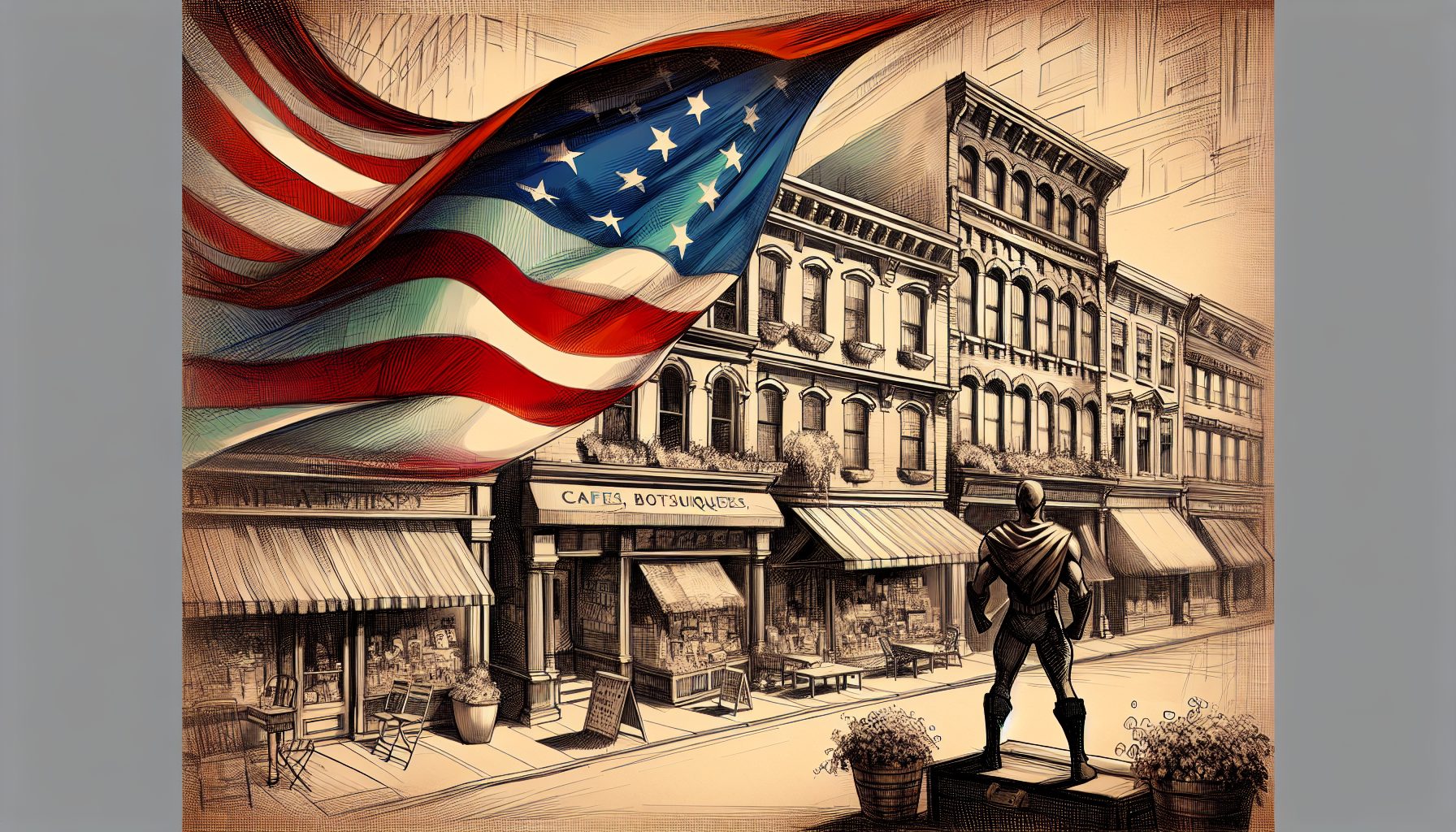MySpace.com’s continued growth flies in the face of much of what Web experts have told us for years about how to succeed on the Internet. It’s buggy, often responding to basic user requests with the dreaded “Unexpected Error” screen, and stocked with thousands of pages that violate all sorts of conventional Web design standards with their wild colors and confusing background images. And yet, it succeeds anyway.
Why?
“The hurdle is a little bit lower for something like this specifically because it’s not a mission-critical site,” says Jakob Nielsen, the famed Web usability expert and principal of the Nielsen Norman Group, which has its headquarters in Fremont, Calif. “If someone were trying to launch an eBay competitor and it had problems like this, it would never get off the ground.” For that reason, he finds it difficult to judge MySpace by the same standards as more utilitarian Web sites, such as a shopping site where usability flaws might lead to abandoned shopping carts.
On most Web sites designed to sell or inform, the rampant self-expression Nielsen sees on MySpace would be a fatal flaw. “Usually, people don’t go to a Web site to see how to express yourself,” he says. “But people do go to MySpace to see how you express yourself, to see what bands you like, all that kind of stuff.”
The reliability of the service also winds up being judged by different standards, according to Nielsen. If a Web user finds an e-commerce site is down, switching to a competitor’s Web site is an easy decision. “But in this case, because your friends are here, you’re more likely to want to come back to this site rather than go to another site,” Nielsen says. “Most other Web sites could not afford that.”
From a different angle, Newsvine CEO Mike Davidson says one of the things MySpace has done a great job of is allowing millions of members to sort themselves into smaller communities of a more manageable size, based on school and interest group associations. Davidson has studied MySpace to glean ideas for social networking features he is adding to his own Web site for news junkies. As a Web developer and former manager of media product development for the ESPN.com sports news Web site, he admires the way MySpace has built a loyal community of members.
“One of the things MySpace has been really great about is turning crap into treasure,” Davidson says. “You look at these profile pages, and most of the comments are stuff like, ‘Love your hair,’ so to an outsider, it’s kind of stupid. But to that person, that’s their life.” The “treasure” MySpace extracts from this experience is the billions of page views recorded as users click from profile to profile, socializing and gossiping online.
On the other hand, parts of the MySpace Web application are so inefficient, requiring multiple clicks and page views to perform simple tasks, that a good redesign would probably eliminate two-thirds of those page views, Davidson says. Even if that hurt MySpace’s bragging rights as one of the most visited Web sites, it would ultimately lead to more satisfied users and improve ad rates by making each page view count for more, he argues.
“In a lot of ways, he’s very right,” says Jason Feffer, a former MySpace vice president of operations. While denying that the Web site was intentionally designed to inflate the number of page views, he says it’s true that MySpace winds up with such a high inventory of page views that there is never enough advertising to sell against it. “On the other hand, when you look at the result, it’s hard to argue that what we did with the interface and navigation was bad,” he maintains. “And why change it, when you have success?”
Feffer, who is currently working on his own startup of an undisclosed nature called SodaHead.com, says one of the biggest reasons MySpace succeeded was that its users were always willing to cut it some slack.
“Creating a culture where users are sympathetic is very important,” Feffer says. Especially in the beginning, many users thought the Web site was “something Tom was running out of his garage,” he says, referring to MySpace president and co-founder Tom Anderson, who is the public face of the service by virtue of being the first online “friend” who welcomes every new MySpace user.
That startup aura made users more tolerant of occasional bugs and outages, according to Feffer. “They would think that it was cool that during an outage, you’re putting up Pac-Man for me to play with,” he says. “If you’re pretending to be Yahoo or Google, you’re not going to get much sympathy.”
MySpace is starting to be held to a higher standard, however, since being purchased by News Corp. in 2005, and the reaction was different following a 12-hour outage this past summer, Feffer says: “I don’t think anyone believed it was Tom’s little garage project anymore.”








